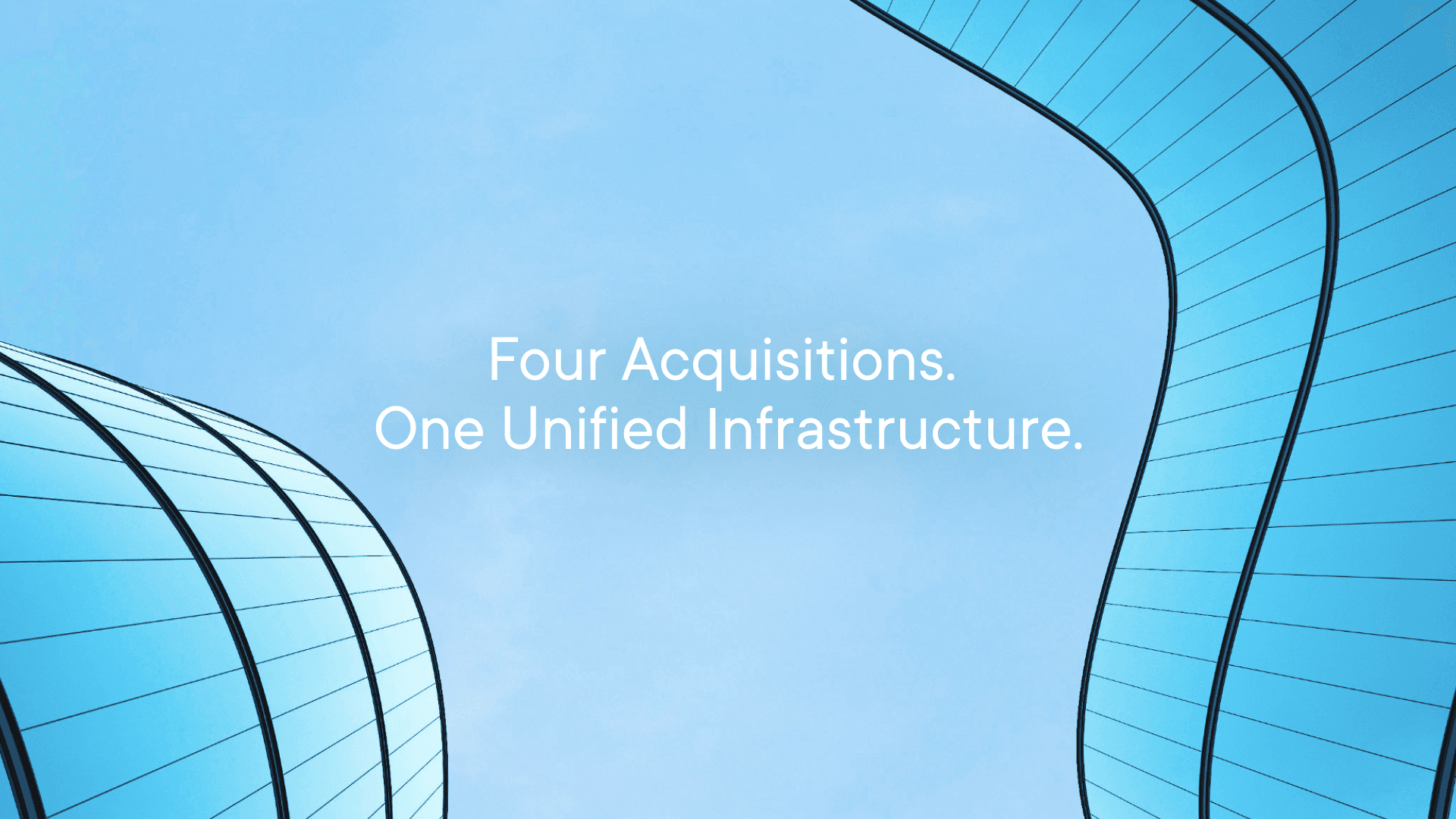Trillions of dollars in payments are sent across borders every year. Yet, the traditional mechanisms supporting these transactions remain slow, expensive, and prone to failure. New, emerging solutions are leveraging the power of blockchain to overcome the limitations of these conventional payment systems—and Ripple is leading the charge.
Ripple Payments enables faster, more reliable, and more affordable cross-border transactions using digital assets such as XRP, a purpose-built blockchain for financial applications, to bridge currencies. Still, despite nearly half of financial institutions and enterprises considering cross-border payments a top use case for crypto, misconceptions, and questions about the technology persist.
Let’s address some of the most frequently asked questions about how Ripple uses XRP and digital assets in its cross-border payments solution.
How does Ripple Payments work?
Traditional cross-border payment rails rely on an increasingly small number of correspondent banks to carry out transactions, which are often plagued by slow settlement times, little visibility into the payment during processing, and cumbersome pre-funding requirements that tie up vital working capital.
Worse, the further a payment is from a Western financial institution, the greater the number of intermediaries required to complete the payment, which leads to more expensive transactions and points of failure. The resulting high-cost payments have a disproportionately negative impact on underdeveloped regions and underserved populations. For example, smaller remittance payments typical of migrant workers can be hit with fees averaging from 10% to as high as 20% of the principal.
Ripple’s payments solution helps reduce the number of intermediaries throughout the payments process. This significantly reduces high costs and unnecessary friction associated with traditional cross-border transactions.
How does Ripple Payments create a frictionless experience for customers?
XRP and other digital assets used in the payment flow serve as bridge currencies to last-mile fiat payouts, while the underlying blockchain technology powering Ripple Payments enables faster transactions.
For more than a decade, Ripple has worked with partners around the world to build a network that represents more than 90% of the global FX market. Given that Ripple Payments can bridge two currencies in three seconds with one fixed FX rate, Ripple actually reduces friction and streamlines the entire process while unlocking access to hard-to-reach markets.
How does the speed and efficiency of Ripple Payments compare to traditional finance systems?
Ripple Payments enables near real-time payments settlement, reducing a process that can take at minimum 3–5 days using traditional finance, down to mere seconds. In fact, 58% of global payments leaders see faster payments as the number one value proposition for incorporating crypto into cross-border payments.
Unlike the existing correspondent banking system, Ripple Payments provides up-front pricing and FX quotes, real-time updates on payment status, and is available around-the-clock—including weekends, holidays, and outside of traditional bank hours.
How does Ripple Payments address regulatory compliance standards?
Ripple has embraced a compliance-first mindset from day one. The Ripple Payments flow enables greater payments transparency so users can meet certain compliance obligations, such as those related to sanctions screening and recordkeeping.
Ripple Payments also meets global standards like ISO 20022 (international standard for structured payment data), ISO 27001 (international standard to manage information security), and SOC 2 Type II (ensures compliance with data security standards). This means customers can leverage streamlined global payment rails with a partner that prioritizes transparency and security.
What safeguards does XRP Ledger employ to ensure the accuracy of transaction data at its source?
Blockchain transactions are immutable in nature, meaning that once a transaction is recorded, it cannot be altered or deleted. This makes it impossible for malicious actors to tamper with transaction data recorded on the XRP Ledger — the only blockchain built for business — and ensures that the information is accurate, enhancing overall data security and integrity.
How do financial institutions perceive the role of blockchain technology in the future of global finance?
The global payments landscape is rapidly evolving and financial institutions increasingly recognize the transformative potential of blockchain. Ninety percent (90%) of global finance leaders say the technology will have a significant or massive impact on business, finance, and society within the next three years.
To stay ahead of that innovation curve, many are actively building crypto-native or digital asset teams. Ripple is helping to drive this shift and its adherence to ISO 20022 standards is representative of its commitment to global interoperability and its ability to bridge the gap between traditional finance and crypto.
The Future of Finance
Ripple Payments is revolutionizing cross-border transactions, enabling value to move around the world just as information does today. Despite misconceptions, Ripple offers a fast, reliable, affordable solution that paves the path to a more inclusive and efficient global financial ecosystem.
Still have questions about Ripple Payments and XRP? Visit our FAQ page to learn more.







